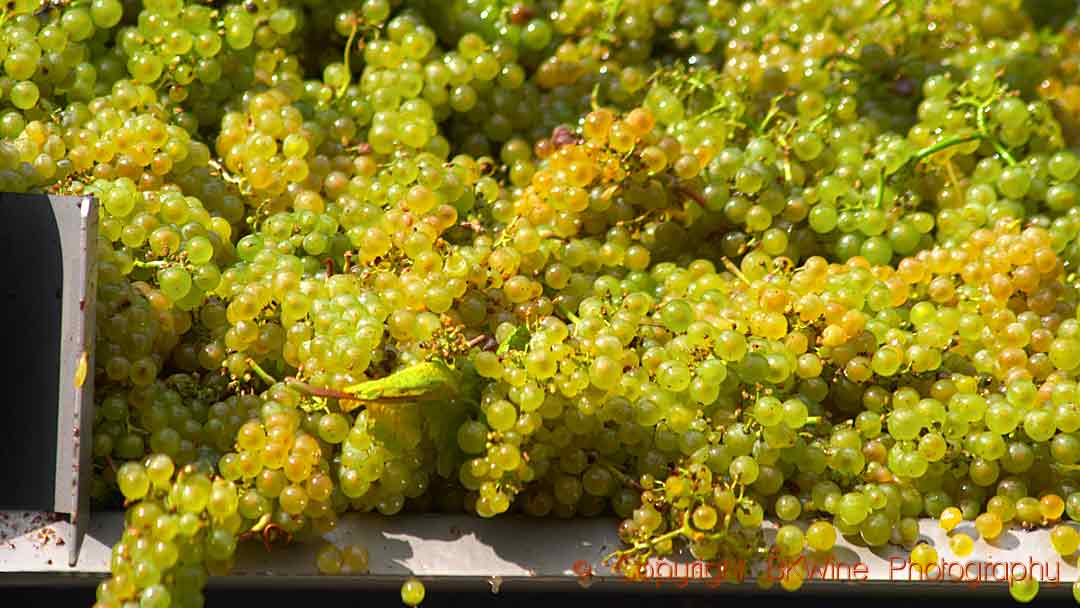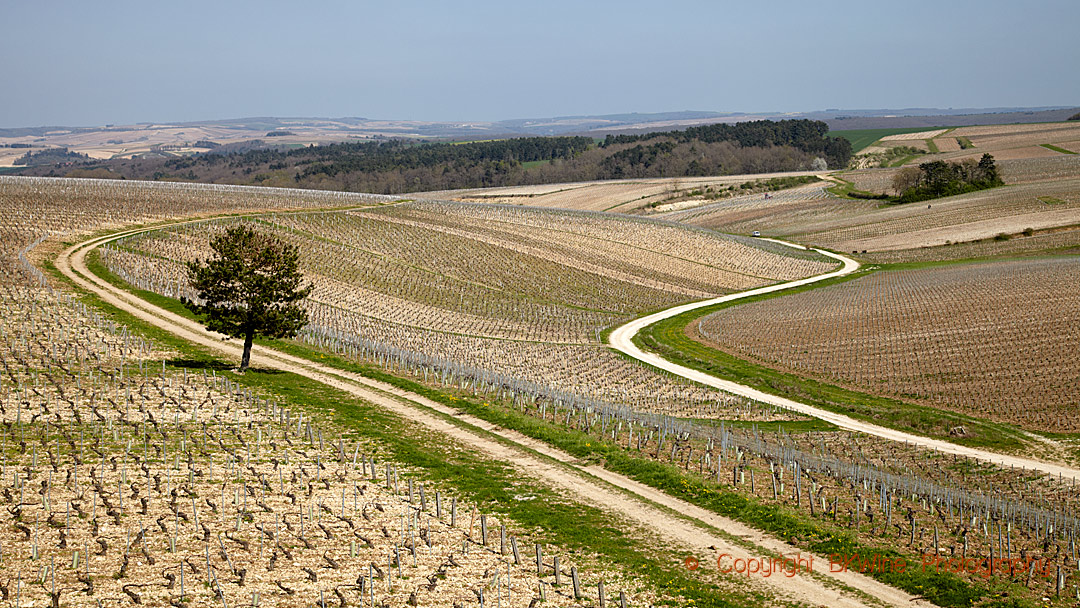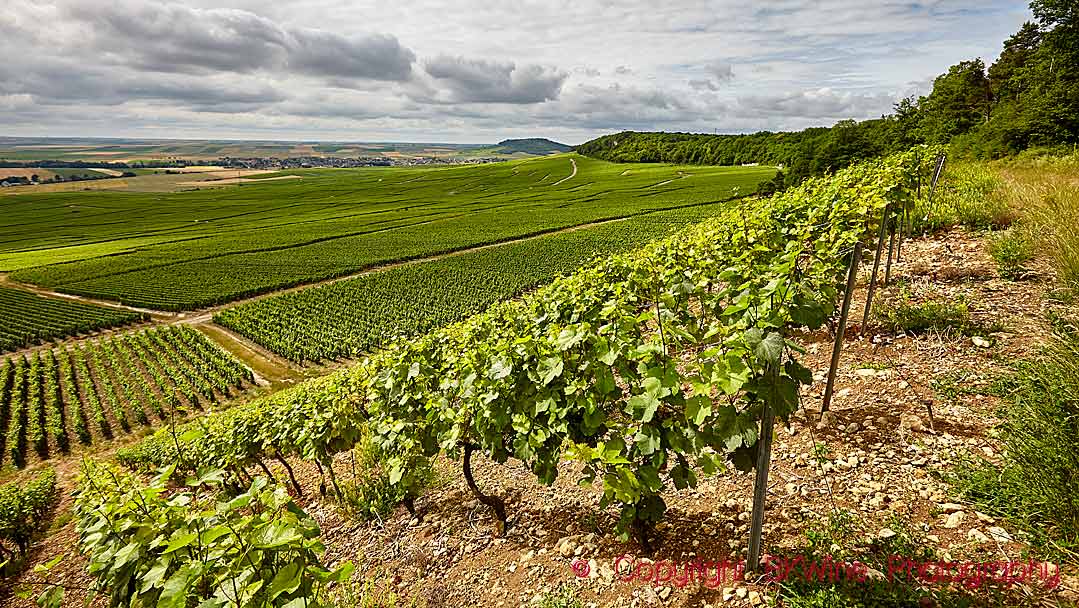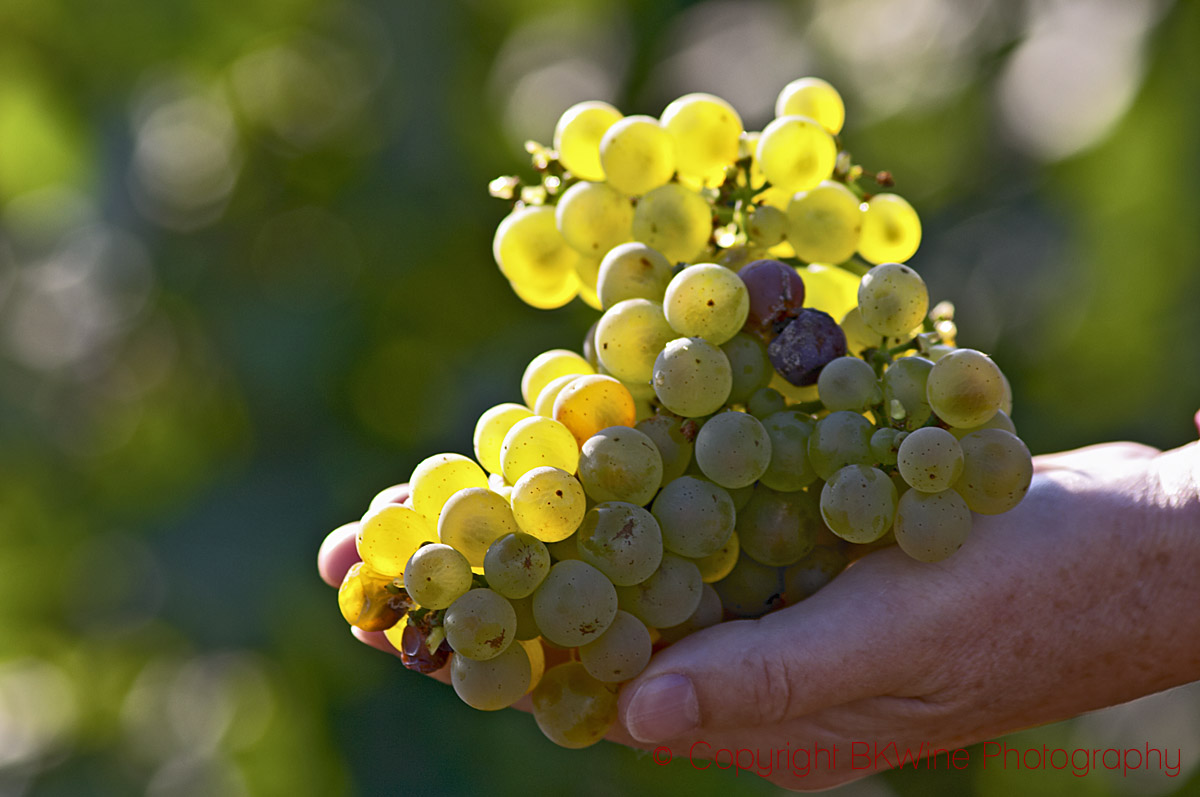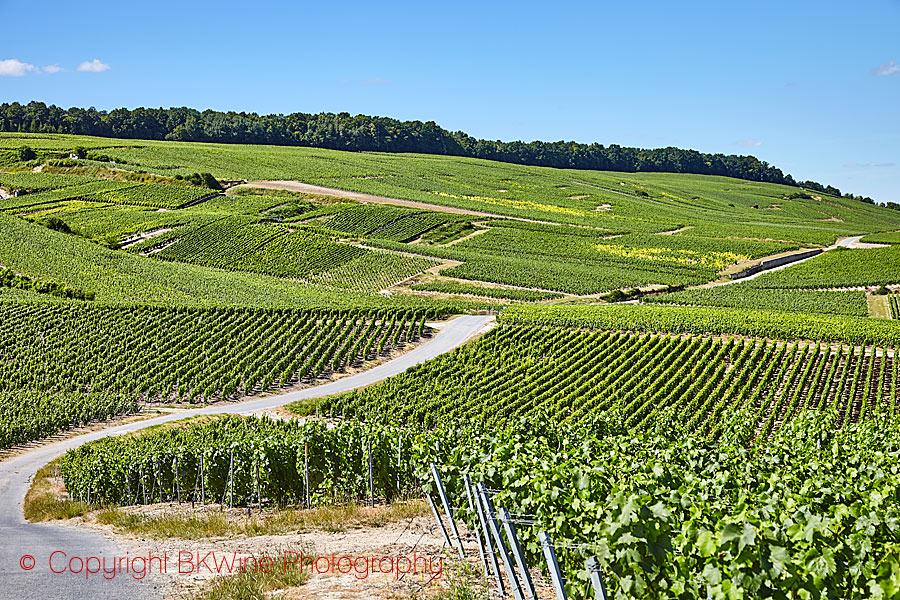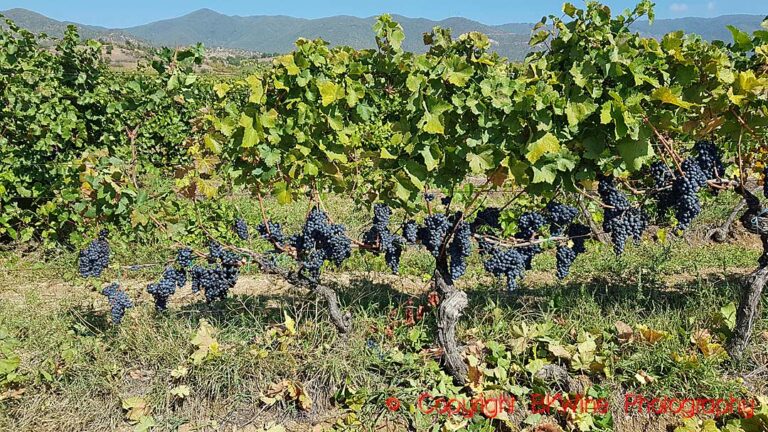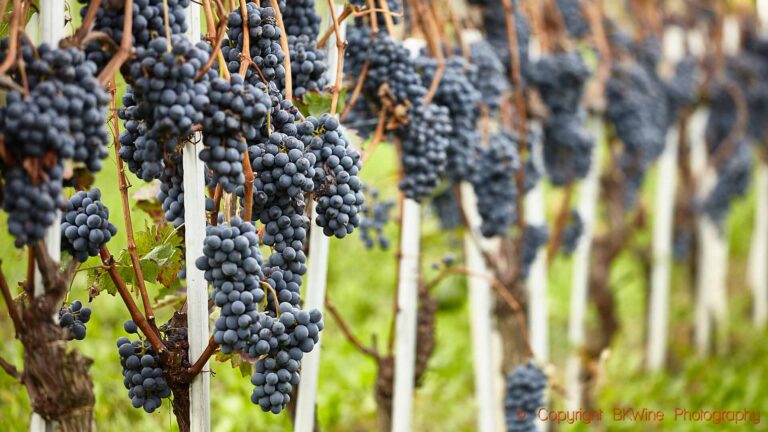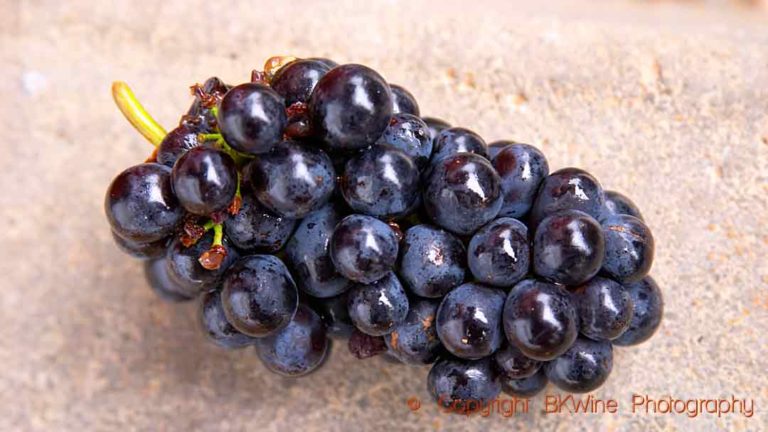A versatile grape variety that has survived multiple crises, with the world’s second largest white plantings
Chardonnay has survived trends and fashion. Maybe you remember the ABC movement, Anything But Chardonnay? I am sure there are wine drinkers who still live by that philosophy. But sadly for them, they miss out on some outstanding wines. Chardonnay is one of the world’s premier grape varieties.
What can you say about chardonnay that has not already been said? Chardonnay is grown all over the world and is the most written-about of all grapes. It is planted in more than 40 countries. With its 210,000 hectares, it is in second place, in terms of acreage, among white grapes in the world. Only airen has more, a grape that is as unknown as chardonnay is well-known.
Such a popular grape can have a hard time staying trendy. To some extent, this is true of chardonnay. Inexpensive, everyday chardonnay threatens the glamour. The fatigue after the over-oaked New World chardonnay lingers. Besides, the wine nerds of today are looking for unusual grape varieties, preferably on the verge of extinction. We’ve had the half-joking half-serious ABC movement (Anything But Chardonnay). We’ve read texts pretending that “chardonnay doesn’t really have any specific grape characteristic”.
This is a longer version of an article published on Forbes.com.
Also, don’t miss our tasting suggestions of wines to taste to learn the character of chardonnay.
But all this does not really affect chardonnay after all. There are good reasons why the grape is present everywhere. One is that it is the white grape of Burgundy and Champagne. It doesn’t say so on the label most of the time. But the wine lover knows. These two prestige regions have influenced and inspired other countries. Chardonnay is indisputably at the origin of some of the world’s very best wines.
This is an article in our series of presentations of the world’s most popular and exciting grape varieties. Read other articles here:
Chardonnay comes from the area around Champagne and southern Burgundy. It was first mentioned in the 18th century, and there was a tendency to confuse it with pinot blanc until the end of the 19th century.
Chardonnay can handle a variety of growing conditions, but that does not mean that the quality is always high. It is said to be easy to grow, but making a great chardonnay wine is not necessarily all that easy.
It is vital to pick the grapes ripe but not overripe as the acidy levels drop fairly quickly. It thrives well in soil with limestone in various forms (chalk, kimmeridge…). Clay is fine as long as there is not too much of it as that can make chardonnay heavy and dull.
Chardonnay offers everything from easy-drinking everyday wines to sophisticated and high-quality wines. You can often find citrus and exotic fruit on the nose. However, chardonnay is more often recognized by the taste than by the nose. The taste is full-bodied and round, often with good acidity, but it varies with the climate. The aromas tend to be citrus, melon and peach, sometimes tropical fruit. There is always a certain richness and texture in a chardonnay. More acidity and crunchiness can be found in chardonnay wines from cooler climates. Elegance is a word often used to describe it.
France has 51,000 hectares, almost 25% of all chardonnay in the world. There are 15,000 hectares in Burgundy, from Chablis in the north to Beaujolais in the south. The most exclusive and expensive come from the Côte de Beaune with villages such as Puligny-Montrachet, Chassagne-Montrachet and Meursault. But excellent and affordable white burgundy is found everywhere in the region. Most years, chardonnay in Burgundy gets the perfect balance between freshness and fullness. Chardonnay buds early and in Chablis the risk of frost is omnipresent. On the other hand, it ripens early, which is useful in Burgundy where autumn can come early.
There are just over 10,000 hectares in Champagne. Champagne is France’s northernmost wine region and also here chardonnay is at risk for frost. The advantage is the high acidity that the cool climate gives, perfect for making sparkling wine. Wine producers all over the world use chardonnay for their sparkling wines.
In Languedoc, chardonnay is the most widely planted white grape with 14,000 hectares. Jura in eastern France is a small region, but you can find some very interesting chardonnay here. It is used either alone or blended with the local grape savagnin. The style is usually slightly oxidized and full of character. Anyone tired of chardonnay should try a Jura version. It is different.
The United States is the second-largest chardonnay country in the world with 43,000 hectares. You can find an abundance of high-quality chardonnay especially in the slightly cooler regions, California’s Napa and Sonoma or in Oregon. Warmer vineyards in California, further south, sometimes make inexpensive chardonnay with often too low acidity to make them attractive. Overall, there is a huge variety of styles.
With 21,000 hectares, Chardonnay is Australia’s most cultivated white grape. As in California, they have learnt to use less new oak, and the balance in the wines have improved tremendously. The best ones have a lovely intensity and concentration.
Hot and dry climates have their advantages, of course. Chardonnay is susceptible to oidium, a fungal disease, and to grey rot, especially if the yield is high. It also suffers from a viral disease called grapevine fanleaf virus (court noué in French) which is worrying especially in Burgundy and Champagne.
Oak barrels and chardonnay are intimately connected. In Burgundy, the tradition is to ferment and age chardonnay in oak barrels of 228 litres. Many other countries have followed suit. Sometimes the barrels are larger. These days you can see 400 and 600 litres in Burgundy. The fermentation will sometimes be slower in oak barrels than in steel tanks. This gives extra fullness, creaminess and “fat” (mouthfeel) to the wines.
Many Chardonnay wines are oak-aged, especially if they are expensive and prestige wines. If you want unoaked Burgundy, you can buy chablis or petit chablis. Chablis grand cru is mostly oaked and also many premier cru. In Mâcon, in southern Burgundy, there are excellent examples of unoaked chardonnay. In the New World, “unoaked chardonnay” is sometimes seen on the label.
Chardonnay is showing a small global rise in plantings.
Total worldwide surface: 210,000 hectares
Main countries:
- France (51,000 ha),
- USA (43,000 ha)
- Australia (21,000 ha),
- Italy (20,000 ha),
- Chile (12,000 ha),
- South Africa (8 000 ha),
- Argentina (6,000 ha)
Characteristics:
Citrus, tropical fruit, melon, peach. Full-bodied, round in taste, often rich. Elegant. If oak-aged, softer, creamy and buttery. If unoaked, crispy and fresh.
Don’t miss the other articles in our grape variety profile series. You can find the list at the beginning of the article.
This article was originally published in a shorter version on Forbes.com.
Travel: If you want to immerse yourself in some of the world’s best chardonnays, you can come on one of BKWine’s wine tours to Champagne, or a wine tour to Burgundy.
Travel to the world’s wine regions with the wine experts and the wine travel specialist.
Wine tours that you remember. BKWine wine tours.


